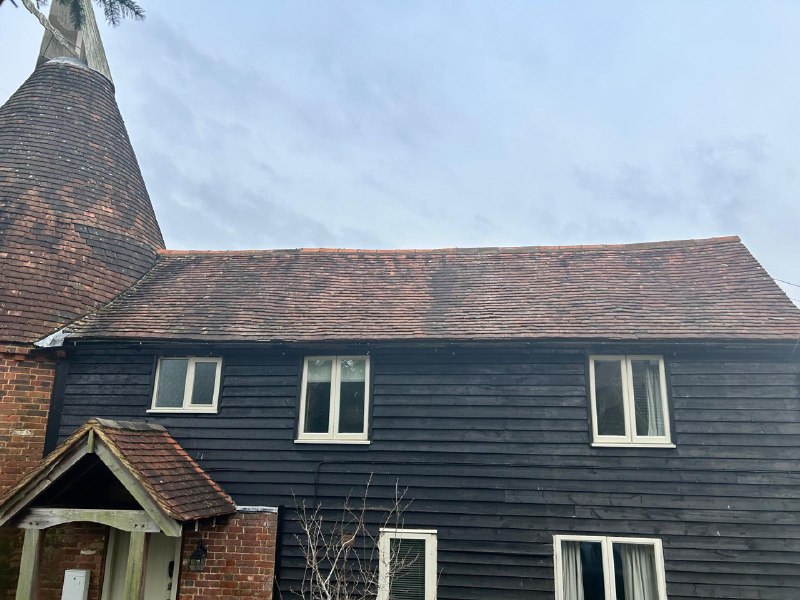A Comprehensive Guide: Inspecting Your Attic for Signs of Slipped Tiles
Introduction: Regular attic inspections are essential for maintaining the integrity of your roofing system and detecting potential issues early on. If left unaddressed, slipped tiles can compromise the effectiveness of your roof and lead to water leaks, energy loss, and other problems. In this blog post, we’ll discuss how to thoroughly inspect your attic to identify signs of slipped tiles and take proactive measures to protect your home.
- Schedule Regular Inspections: Make it a habit to inspect your attic at least twice a year, preferably in the spring and fall, to coincide with seasonal changes and extreme weather conditions. Additionally, inspections should be conducted after severe storms or high winds, as these events can dislodge roof tiles and cause damage to the roofing system. By scheduling regular inspections, you can promptly identify slipped tiles and prevent further issues.
- Use Proper Lighting: Ensure adequate lighting in your attic to facilitate a thorough inspection of the entire space. Use a bright flashlight or portable work light to illuminate dark corners and hard-to-reach areas, allowing you to spot any signs of slipped tiles or other roofing problems. Pay close attention to areas near roof vents, chimneys, and other roof penetrations, as these are common locations where tiles may become displaced.
- Look for Visible Signs of Damage: Carefully examine the underside of your roof deck for any visible signs of damage or displacement, such as gaps between tiles, broken or cracked tiles, or evidence of water staining and mould growth. Inspect the areas along the ridge and eaves of the roof, where slipped tiles are more likely to occur due to wind uplift and water runoff. Take note of any irregularities or abnormalities that may require further investigation.
- Check for Water Intrusion: Inspect the attic insulation, framing, and ceiling materials for signs of water intrusion or moisture damage, which can indicate a leaking roof caused by slipped tiles or other roofing issues. Look for damp or discoloured insulation, water stains on the ceiling or walls, and signs of mould or mildew growth indicative of ongoing water infiltration. Address any water-related issues promptly to prevent further damage to your home’s interior.
- Inspect Roof Supports and Structural Components: Evaluate the condition of roof supports, trusses, and structural components in the attic to ensure they are intact and free from damage. Look for signs of sagging or bowing, which may indicate excessive weight or structural instability caused by slipped tiles or other roofing problems. Inspect the attic rafters and joists for signs of rot, decay, or insect infestation, as these issues can compromise the roof’s structural integrity.
Conclusion: Regular attic inspections are crucial for maintaining the health and integrity of your roofing system and preventing slipped tiles from causing costly damage to your home. By following these tips and conducting thorough inspections of your attic, you can identify signs of slipped tiles early on and take proactive steps to address any issues before they escalate.
Call us on: 01604 279 696
Click here to find out more about NGF Roofing Brixworth
Click here to complete our contact form and see how we can help with your roofing needs.

